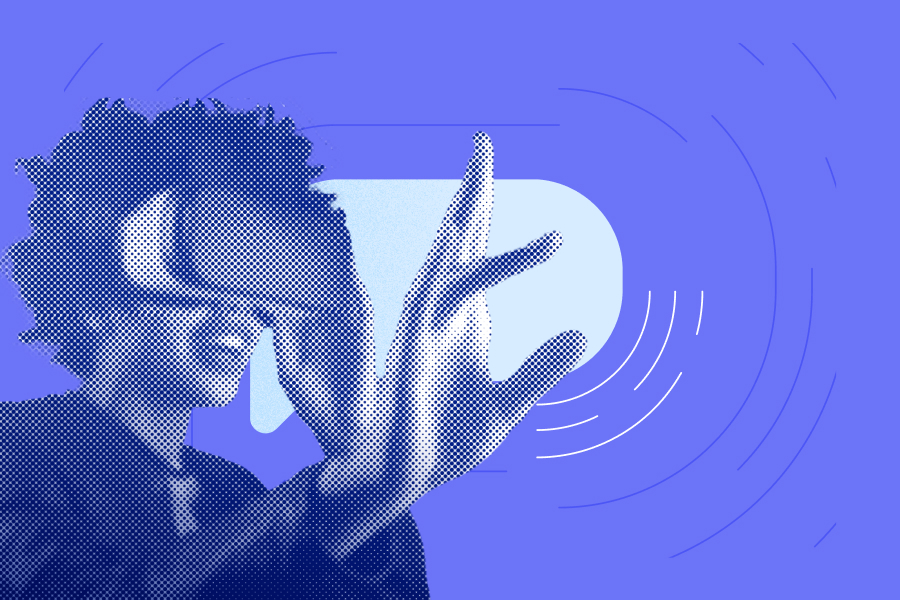What is Web3?

You’ve likely heard the buzz around Web3, the so-called future of the internet. But what exactly is Web3? In this beginner-friendly guide, we’ll unravel the concept of Web3 in simple terms, explore how it differs from Web1 and Web2, and understand the key reason behind its emergence.
At the heart of Web3 is the quest for a more equitable and decentralised internet. In the current Web2 model, users are considered vulnerable. They provide valuable data, but often have limited control over it, while tech giants profit. They create art and music that they’re forced to hand over ownership of to avoid piracy, so they don’t receive value and it’s vulnerable to censorship.
Web3 aims to empower users by decentralising data ownership and control using blockchain technology. This not only enhances user privacy but also enables peer-to-peer interactions, smart contracts, and a new level of digital sovereignty. Web3 is about levelling the digital playing field, where individuals have more say in their online experiences.
Web1, Web2, and Web3: A comparison
| Web1 (The early web) | Web2 (The social web) | Web3 (the decentralised web) | |
| Data Ownership | Centralised control by a few entities. | User-generated content, centralised platforms. | Decentralised, user-controlled data. |
| Interactions | Static web pages, limited user interaction. | Dynamic content, social media, user engagement. | Peer-to-peer interactions, smart contracts, decentralised apps. |
| Trust model | Trust in central authorities (websites, institutions). | Trust in user-generated content, online communities. | Trustless, cryptographic verification, consensus algorithms. |
| Ownership rights | Users typically do not own their data. | Users have limited ownership rights. | Users have greater ownership and control of their data and digital assets. |
| Examples | Early websites, online directories. | Social media platforms, online marketplaces. | Blockchain-based apps, decentralised finance (DeFi), NFT marketplaces. |
Web3: Beyond cryptocurrency
Web3 extends beyond cryptocurrency, although cryptocurrencies like Bitcoin and Ethereum are instrumental in its development. It encompasses a spectrum of decentralised technologies and concepts aimed at reshaping how we interact with the digital world.
Here are some key components of Web3
Decentralised Apps (DApps)
These are applications that run on decentralised networks like Ethereum. DApps offer various services, including finance, gaming, and social media, without relying on centralised authorities.
In a centralised network, a central authority such as a bank or government, maintains and controls the currency, transactions, and records. Whereas a decentralised network, like Bitcoin or Ethereum, operates without a central authority. Instead, it relies on a blockchain and the entire network of validators to validate transactions. Users trust the consensus of the network rather than a central authority, offering increased transparency, security, and autonomy.
Smart contracts
Self-executing contracts with predefined rules and automated enforcement. They eliminate the need for intermediaries in various agreements, from financial transactions to legal contracts.
Web3 browsers
Specialised web browsers that allow users to interact with decentralised apps, manage digital assets, and maintain control over their data.
Decentralised Finance (DeFi)
A financial ecosystem built on blockchain technology, offering services like lending, borrowing, and trading without traditional financial intermediaries.
Non-Fungible Tokens (NFTs)
Unique digital assets representing ownership of art, collectibles, and more, recorded on blockchains. NFTs enable provenance and ownership verification.
Decentralised identity
Systems that allow users to control their online identities and personal data without reliance on centralised identity providers.
Web3 represents a shift in how we perceive and interact with the internet. It’s a vision of a decentralised digital realm where users regain control of their data, interact peer-to-peer, and participate in a trustless ecosystem.
The transition from Web1 to Web2 was a gradual process that took several years. Web2, or the “Social Web,” began to emerge in the early to mid-2000s. Key developments during this transition included the rise of social media platforms, increased user-generated content, and the expansion of online communities. Are we already seeing the building blocks of Web3 taking shape?
Read more…
What are smart contracts?
Mapping your risk journey: A comprehensive guide
5 places to keep your money other than a savings account
 Discover
Discover Help Centre
Help Centre Status
Status Company
Company Careers
Careers Press
Press


